Filter by
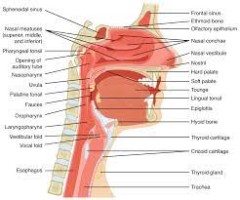
The Nose and its Adjacent Structures
Several bones that help form the walls of the nasal cavity have air-containing spaces called the paranasal sinuses, which serve to warm and humidify incoming air. Sinuses are lined with a mucosa. Each paranasal sinus is named for its associated bone: frontal sinus, maxillary sinus, sphenoidal sinus, and ethmoidal sinus. The sinuses produce mucus and lighten the weight of the skull.
- Edition
- -
- ISBN/ISSN
- -
- Collation
- -
- Series Title
- -
- Call Number
- 611

Head and Neck Cancers
1. A variety of different malignancies fall into the category of “Head and. Neck Cancers”. This chapter focuses on upper aerodigestive tract cancer. 2. Tobacco and alcohol use and human papillomavirus infection are common causes of head and neck cancers. 3. Most head and neck cancers are squamous cell carcinomas. 4. Treatment of head and neck cancers commonly requires some combination of…
- Edition
- -
- ISBN/ISSN
- -
- Collation
- -
- Series Title
- -
- Call Number
- 616 HEA h
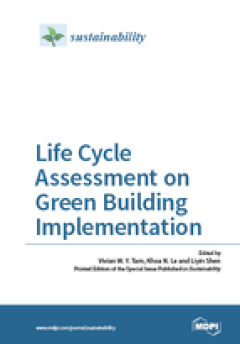
Life Cycle Assessment on Green Building Implementation
Greenhouse-gas emissions have become one of the most impacting environmental issues in today’s society. A rapidly increasing trend in global CO2emissions particularly since the early nineties (23.64% since 1990) has led to the generation of about 50,000 million tons of CO2–equivalent (eqv) worldwide in 2010. According to mainstream climate experts, the increasing concentration of greenhouse…
- Edition
- -
- ISBN/ISSN
- -
- Collation
- -
- Series Title
- -
- Call Number
- 628
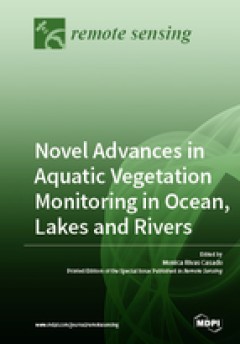
Novel Advances in Aquatic Vegetation Monitoring in Ocean, Lakes and Rivers
In recent decades, there has been an increase in the development of strategies for water ecosystem mapping and monitoring. Overall, this is primarily due to legislative efforts to improve the quality of water bodies and oceans. Remote sensing has played a key role in the development of such approaches—from the use of drones for vegetation mapping to autonomous vessels for water quality monito…
- Edition
- -
- ISBN/ISSN
- -
- Collation
- -
- Series Title
- -
- Call Number
- 628
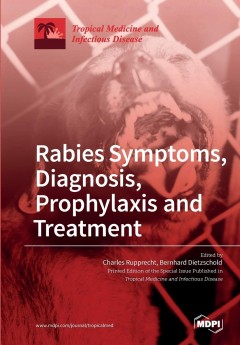
Rabies Symptoms, Diagnosis, Prophylaxis and Treatment
Rabies is an acute, progressive, incurable viral encephalitis found throughout the world. Despite being one of the oldest recognized pathogens, its impact remains substantial in public health, veterinary medicine, and conservation biology. Thus, it is Essential to apply existing tools and to seek new methods to improve upon prevention, control, selective variant elimination, and treatment effor…
- Edition
- -
- ISBN/ISSN
- -
- Collation
- -
- Series Title
- -
- Call Number
- 616 RAB r
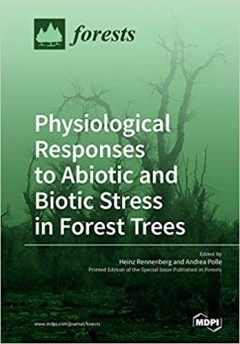
Physiological Responses to Abiotic and Biotic Stress in Forest Trees
As sessile organisms, plants have to cope with a multitude of natural and anthropogenic forms of stress in their environment. Due to their longevity, this is of particular significance for trees. As a consequence, trees develop an orchestra of resilience and resistance mechanisms to biotic and abiotic stresses in order to support their growth and development in a constantly changing atmospheric…
- Edition
- -
- ISBN/ISSN
- -
- Collation
- -
- Series Title
- -
- Call Number
- 628
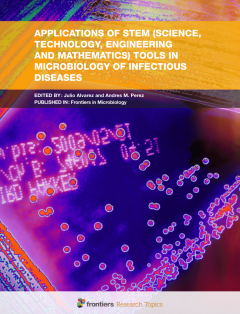
Applications of STEM (Science, Technology, Engineering and Mathematics) tools…
Science, technology, engineering, and mathematical (STEM) tools and approaches are expected to become a critical component for the prevention, control, and eradication of animal diseases at a global scale in the near future. In the last decades the amount of information that is being generated in all scientific disciplines, including microbiological studies applied to infectious diseases, has i…
- Edition
- -
- ISBN/ISSN
- -
- Collation
- -
- Series Title
- -
- Call Number
- 616 APP a
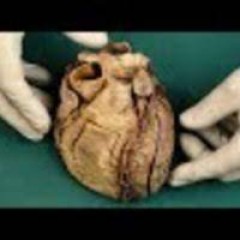
Middle Mediastinum and Heart - Anatomy and Dissection Guide
The anatomy shown in this video is based off of the UBC MEDD 411 gross anatomy checklist.
- Edition
- -
- ISBN/ISSN
- -
- Collation
- -
- Series Title
- -
- Call Number
- 611
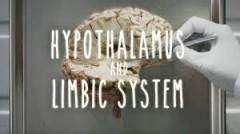
Hypothalamus and Limbic System - UBC Neuroanatomy - Season 1 - Ep 4
The hypothalamus is a small part of the brain located just below the thalamus on both sides of the third ventricle. (The ventricles are areas within the cerebrum that are filled with cerebrospinal fluid, and connect to the fluid in the spine.) It sits just inside the two tracts of the optic nerve, and just above (and intimately connected with) the pituitary gland.
- Edition
- -
- ISBN/ISSN
- -
- Collation
- -
- Series Title
- -
- Call Number
- 611
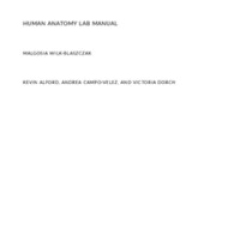
Human Anatomy Lab Manual
This is a lab manual for a college-level human anatomy course. Mastery of anatomy requires a fair amount of memorization and recall skills. The activities in this manual encourage students to engage with new vocabulary in many ways, including grouping key terms, matching terms to structures, recalling definitions, and written exercises. Most of the activities in this manual utilize anatomical m…
- Edition
- -
- ISBN/ISSN
- -
- Collation
- -
- Series Title
- -
- Call Number
- 611
 Computer Science, Information & General Works
Computer Science, Information & General Works  Philosophy & Psychology
Philosophy & Psychology  Religion
Religion  Social Sciences
Social Sciences  Language
Language  Pure Science
Pure Science  Applied Sciences
Applied Sciences  Art & Recreation
Art & Recreation  Literature
Literature  History & Geography
History & Geography